‘A giant of a man’: George W. Mead II remembered for legacy in paper industry, love for his community
WISCONSIN RAPIDS – In his 94 years, George W. Mead II left his mark on Wisconsin Rapids and the Central Wisconsin area.
The last local owner of the Wisconsin Rapids paper mill died July 29, but his legacy remains. His family name is recognized from the paper mill skyline along the river to parks and wildlife preserves. His support reached many organizations and groups, including the Central Wisconsin Cultural Center, McMillan Memorial Library, Wisconsin Rapids Rotary Club, Aspirus Riverview Hospital & Clinics and more. Any park, hotel or school in the area bearing the name Mead or Witter was named after someone in his family.
And that family – that now includes his three children, two stepchildren, four grandchildren, four stepgrandchildren and four great-grandchildren – had strong roots in the paper industry. George Wilson Mead II was born Oct. 11, 1927, a fourth-generation legacy in the industry. His great-grandfather, J.D. Witter, was one of the original founders of Consolidated Water Power Co., forming in 1894. George W. Mead I came into the picture in January 1903 and served as secretary and manager of Consolidated Water Power & Paper Co. until he was elected president in 1916. Stanton Mead became president in 1950, and two years later, George W. Mead II joined the company. He became the president and CEO when his father retired in 1966.
RELATED: George W. Mead II, last local owner of Wisconsin Rapids paper mill, dies at 94 years old
RELATED: Unfolding 126 years of history at Wisconsin Rapids paper mill
While his family was well-known in the Wisconsin Rapids area, he always wanted to be called “George,” and not “Mr. Mead,” said his wife, Susan Feith. Everyone in the company, the paper industry and the New York financial community knew and addressed him as George, she said.
Jerry Lazarski worked with George for almost 35 years when Jerry was a mill manager at Consolidated’s Wisconsin Rapids mill.
“He’s known as a legend in the paper industry,” Jerry said. “His accolades from the paper industry hall of fame and the technical organizations, he was well-recognized wherever he went. Even at national conferences and national sales meetings, everyone knew who George was.”
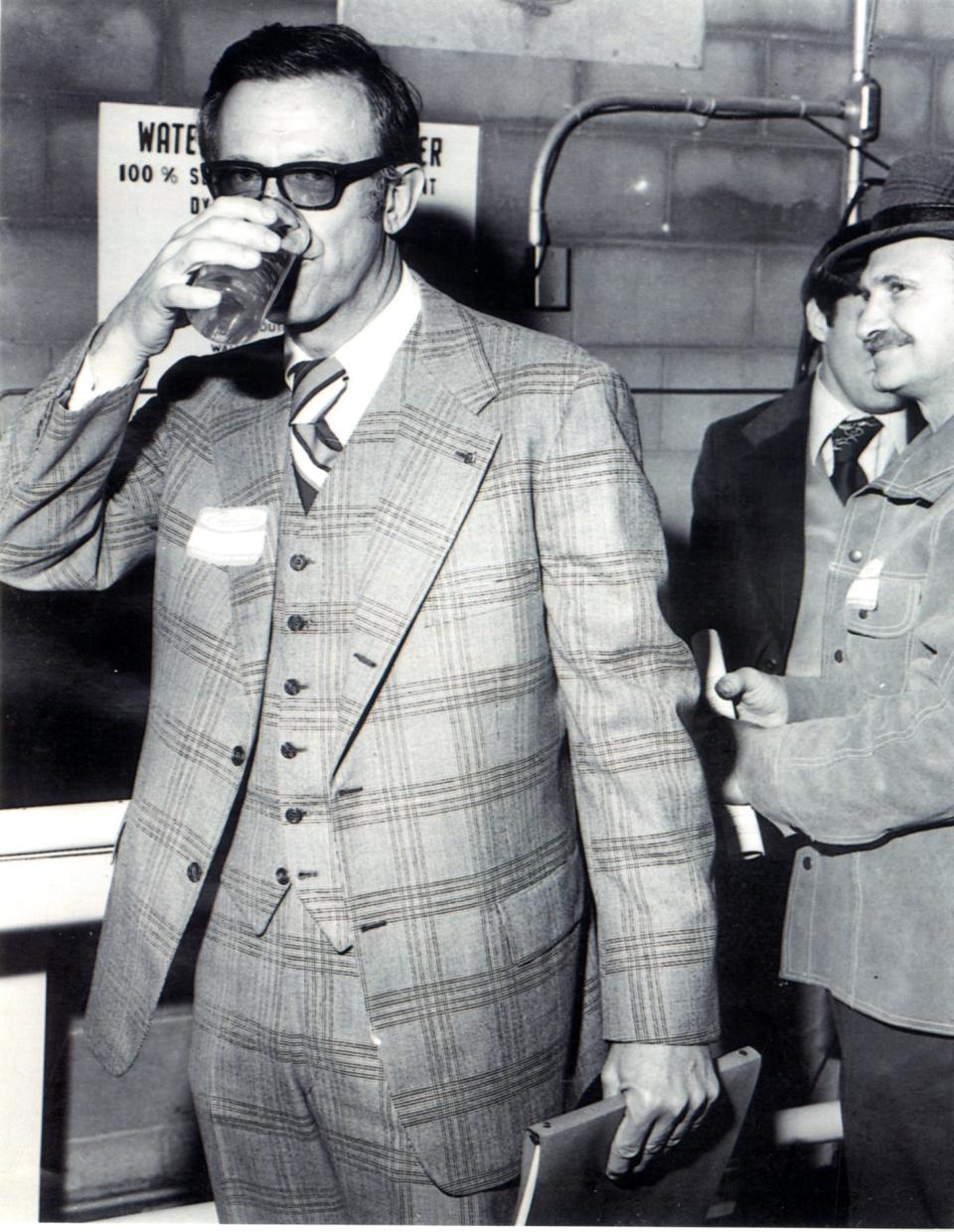
Locally, Jerry said George was a good participative leader, always looking for input from the rest of the mill managers.
“He was always interested in input from the people,” Jerry said. “Machine operators, supervisors, managers, he wanted to know what was going on.”
Jerry said one of George's favorite things was to bring customers through the paper mill at 10 p.m. to show them around the facility. He said George would take colleagues from the printing industry, customers and potential customers to dinner in Wisconsin Rapids, and afterward, he would bring them into the mill for an unannounced tour. George was very proud of operations, particularly the No. 16 machine line, on which he worked closely with Jerry on building the machine and complex.
Jerry said George’s main legacy was his continued development of Consolidated Papers and its worldwide reputation for the highest quality in paper.
“It’s what he was always pushing for, striving for,” Jerry said. “For us to be the quality leader in production in top quality paper.”
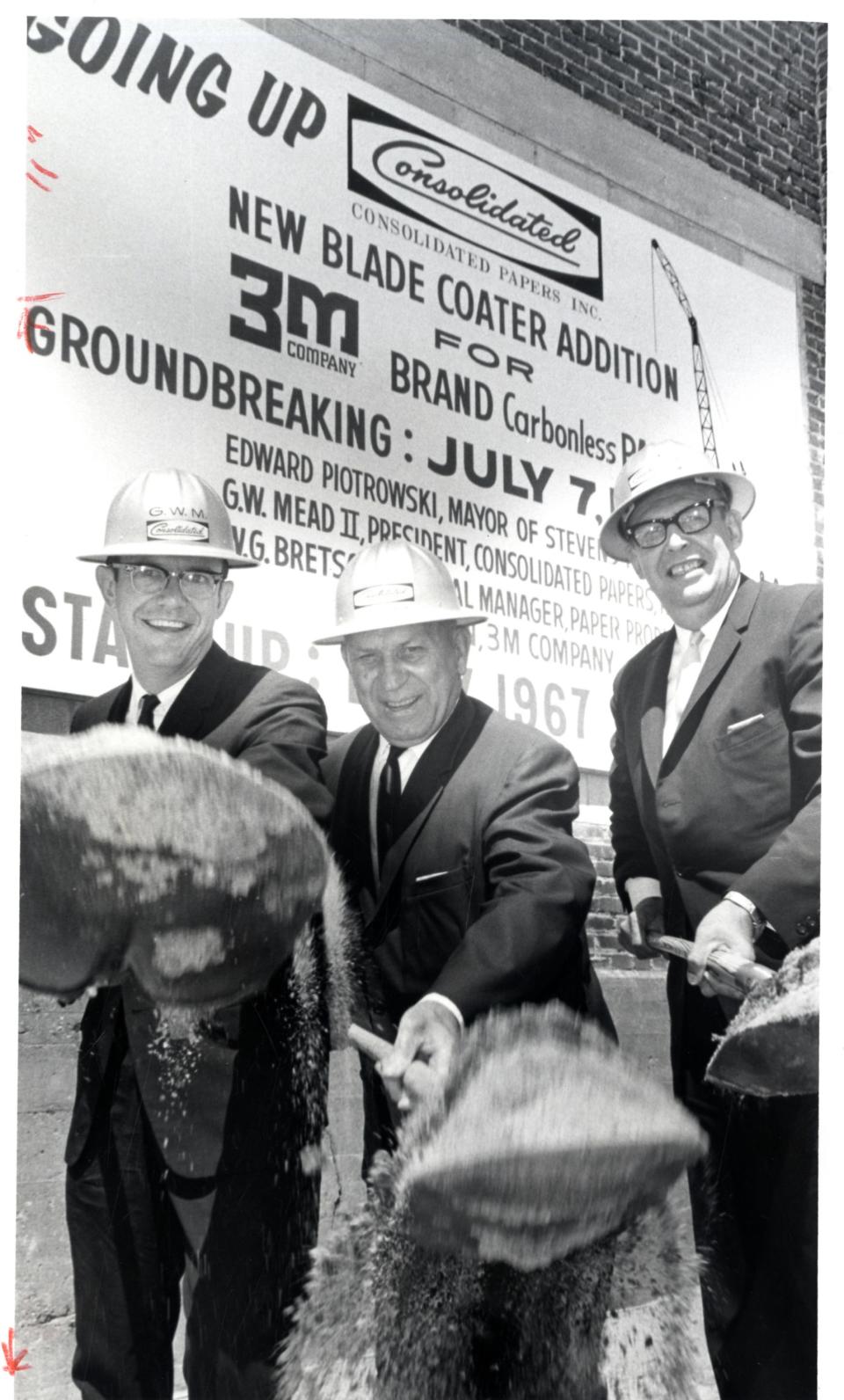
Bob DeKoch worked with George at Consolidated and then with Consolidated as part of Boldt Construction. He said George was a force in growing the family business to a large and internationally respected paper company, and he cared about people.
“George was a giant of a man,” Bob said. “He had very high values and cared deeply for his people, his customers and his company. He was a kind and friendly man. He always listened – a joy to be around. He will be missed.”
Leading by example
While George’s main legacy and reputation stood in the paper industry, that legacy carried over into the community, as well.
George was a man who loved his community, the river and people, Susan said.
“He met most people on genuine personal terms and cared about their well-being,” she said. “George recognized how lucky he was in life, while others were not. He was generous with his wealth and frequently made personal gifts directly and quietly, with no desire for recognition.”
George directed his love for people and his community through the Mead Witter Foundation, a private philanthropic foundation based in Wisconsin Rapids that has provided more than $100 million to support colleges, universities, environmental causes, civic organizations and local scholarships. George served as the foundation’s director since 1963 and held various roles throughout the foundation, including treasurer, president and chairman.
Shawn Johnston, the foundation’s president, said George’s leadership was invaluable and his expertise in business, investing and philanthropic activities guided how the organization continues to operate.
George led by example, Shawn said. For George, philanthropy was more than writing a check. He was intimately involved in any project he was part of, from papermaking to awarding scholarships, building parks and more, George was on the front line, working and building relationships with the workers carrying out the day-to-day tasks, he said.
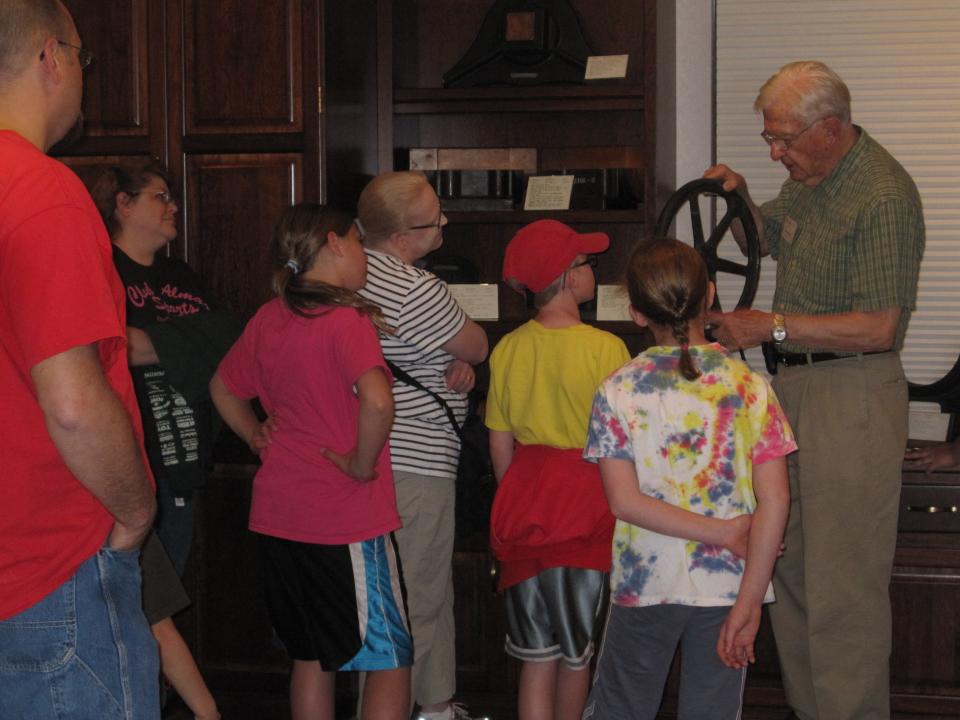
“He would personally lead tours of school groups at the Wisconsin River Papermaking Museum, hand-deliver National Merit Scholarship awards at local schools and participate in construction meetings,” Shawn said. “His leadership style allowed him to embrace philanthropy and service to others in its purest form.”
George also encouraged those around him to serve the community, sharing their resources and talents with others, Shawn said.
His inspiration reached both individuals and other local organizations. Dawn Neuman, chief financial officer for Incourage community foundation, said George and his family were deeply connected to the Wisconsin Rapids area.
“George Mead dedicated a significant portion of his personal and professional life toward encouraging many people and organizations that call Central Wisconsin their home,” Neuman said. “His leadership and support over the decades is greatly appreciated.”
A passion for conservation and nature
Vernon Verjinsky was mayor of Wisconsin Rapids from 1994 to 2002 and worked with George on various projects. Vernon said when he was mayor, he appointed George to various committees of the Common Council.
“He was very active, very helpful,” Vernon said. “I can’t remember him ever missing a meeting. He was somebody that was interested in seeing the city move forward and making positive changes. We were doing some redevelopment in the downtown area with the parks along the river, and he was always there to suggest and to be helpful. We appreciated that.”
The newest park along the river in the city’s downtown area opened the day George died. The Mead Witter Foundation, where George still served as the organization’s chairman, opened the park on the Nash Block July 29. The park features a stone bridge that was designed to reflect a bridge at the entryway to the Consolidated offices, as well as more than 3,500 plants and trees throughout the pedestrian park.
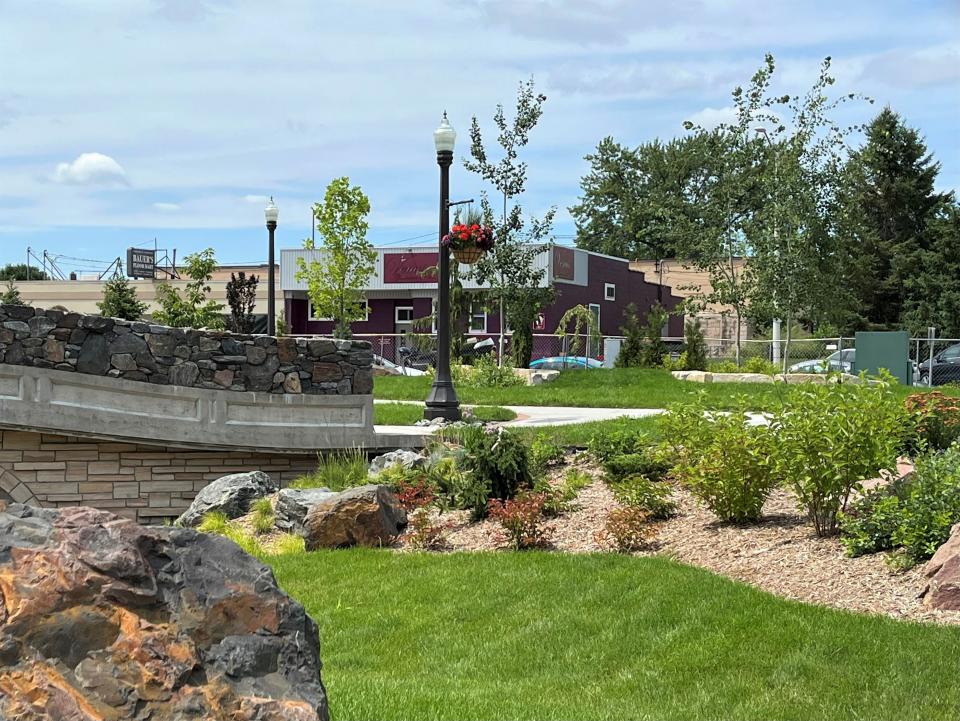
“Wisconsin Rapids has long been known for its riverside greenspaces thanks to the vision and relentless effort of former generations who settled here,” George said of the park before he died.
Susan said George firmly wished to create this park, and he was involved with purchasing the property, designing the park and its construction. Despite his health, he quietly visited the park a few weeks before it opened, Susan said.
"He was concerned about the quality of the experience visitors would have," she said. "Greenspace along the river banks has been a goal first addressed by his great-grandfather. I think he was extremely gratified to know that he had added to that legacy."
The Mead family’s passion for conservation and nature also extended beyond the banks of the Wisconsin River in downtown Wisconsin Rapids.
The George W. Mead Wildlife Area stretches across 33,000 acres of open marshes, forests and grasslands, covering land in Marathon, Wood and Portage counties. It’s home to more than a dozen animal species and is open to hunting and trapping during regular seasons, except in designated refuge areas.
The area was named after George’s grandfather when he donated 29,000 acres of land to the state to become public, but it also honors the next two generations with the Stanton W. Mead Education & Visitor Center and George’s Landing, a boat launch named after George W. Mead II.
Craig Ziolkowski, property supervisor for the Mead McMillan Work Unit, said the entire Mead family created a legacy of donating for the public good. George W. Mead II carried on that legacy and continued to help the Wisconsin Department of Natural Resources acquire more land to expand the property.
The Mead Witter Foundation is the largest contributor to outdoor and conservation education, Craig said.
“From a property supervisor perspective, I’m not sure we’ll ever see that type of generosity again,” he said. “(George's) legacy is unmatched.”
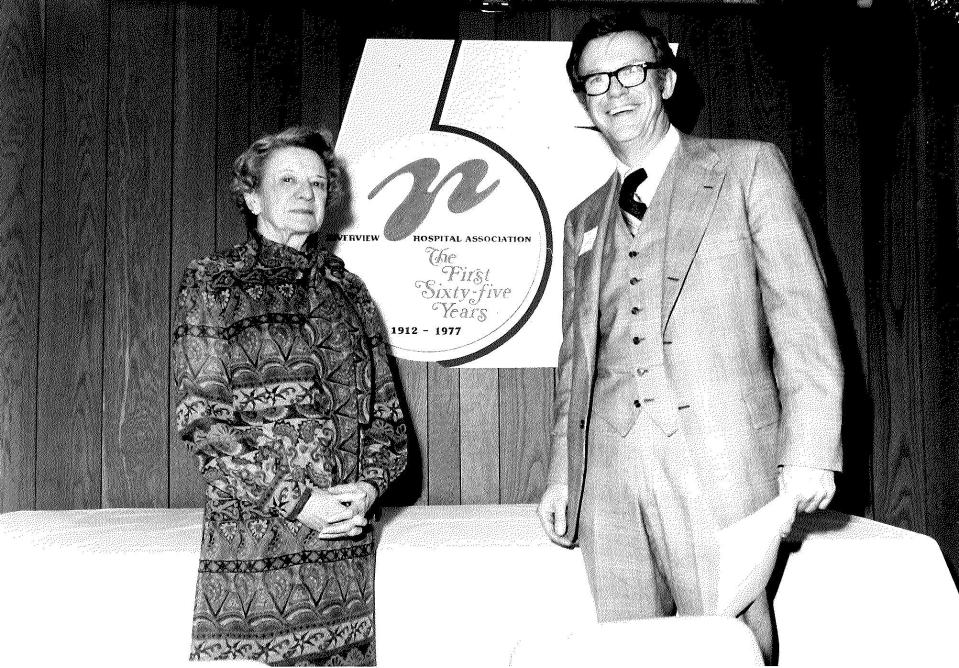
'His legacy will continue'
George carried on his family legacy when it came to caring for people. His grandfather and other citizens of Wisconsin Rapids formed the Riverview Hospital Association in 1912 to reopen the local hospital that had closed the year before. After decades of campaigns and expansions, George became involved with Riverview, as well.
In 1960, he announced Nekoosa Edwards Paper Co., Consolidated Papers Inc. and the Mead and Alexander families would donate $1.2 million for a new hospital that broke ground four years later. George spent the next couple decades serving on Riverview’s board of directors and capital campaign leadership committees.
The arts were also important to George and his family. One of the local organizations George supported was the Central Wisconsin Cultural Center. Steve Kipfer, the center’s board president, said George was always a passionate and strong supporter of the arts, and when people in the community started looking at models for creative organizations around the state, George encouraged them to form the Cultural Center. He supported the project through the Mead Witter Foundation and offered the center its first home on Johnston Street.
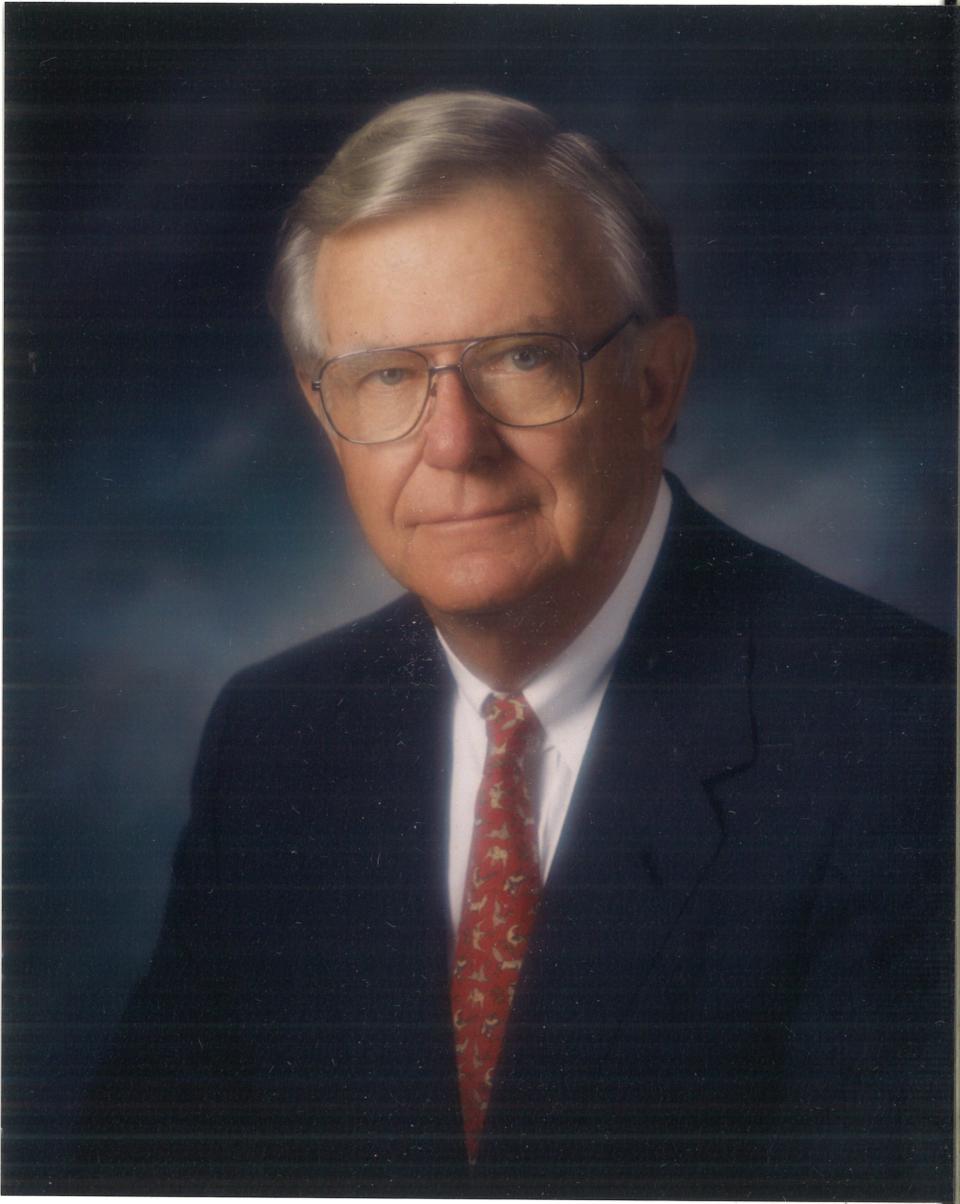
Music was also important to George. Susan said George loved Dixieland jazz and held an extensive collection of vinyl, CDs and personal recordings. He supported jazz musicians and he and Susan would travel all over the country to enjoy concerts and festivals with friends.
George brought that love of music home, as well, sponsoring and recruiting musicians to perform at McMillan Memorial Library and sitting in the back row of the theater, enjoying the concerts.
Shawn said George’s legacy will continue to create more opportunities throughout the Wisconsin Rapids community, especially for residents enjoying time by the Wisconsin River, students in Central and Northeastern Wisconsin, visitors at the Mead Wildlife Area and students and musicians who walk through the doors at the Mead Witter School of Music at the University of Wisconsin-Madison.
“His legacy would be one of kind-hearted generosity and sincerity for engaging with those who had the opportunity to work with him and know him,” Shawn said. “But perhaps more importantly, for the opportunities his legacy will continue to create through his relentless work with the (Mead Witter) Foundation.”
Contact Caitlin at cshuda@gannett.com or follow her on Twitter @CaitlinShuda.
This article originally appeared on Wisconsin Rapids Daily Tribune: George W. Mead II's legacy in paper industry, Wisconsin Rapids

